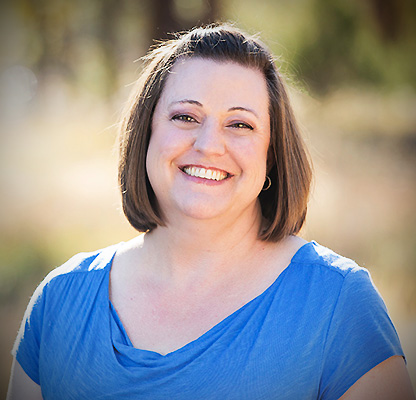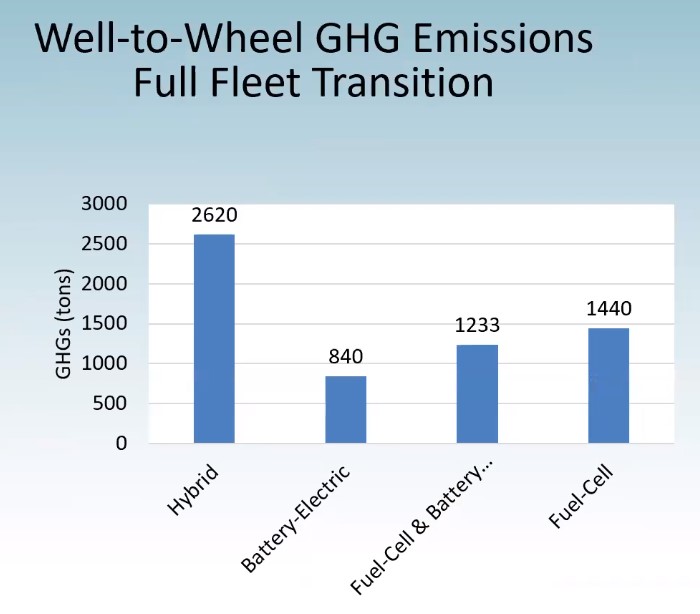News | Leadership in Changing Times - Mountain Line Transit Authority CEO Heather Dalmolin Leads Through the Pandemic
Stop the VideoNews

Leadership in Changing Times - Mountain Line Transit Authority CEO Heather Dalmolin Leads Through the Pandemic
Wednesday, March 24, 2021
by Dan Lamere, USC, Master of Urban Planning 2021
On February 18th, as part of the Pacific Southwest Region University Transportation Center (PSR) and the Arizona Laboratory for Applied Transportation Research at Northern Arizona University (AZ Trans) Spring 2021 Professional Development Webinar Series, the Northern Arizona University Institute of Transportation Engineers welcomed Heather Dalmolin, CEO and General Manager of Flagstaff, Arizona’s Mountain Line Transit Authority, to discuss how her organization has navigated the COVID-19 pandemic. Dalmolin has been with the agency for over 18 years, and as the CEO, she oversees budget, finance, information technology, human resources, and customer service. NAU civil engineering student David Lemcke reflected, “Ms. Dalmolin was very knowledgeable and gave great insights into the workings of Mountain Line Transit. I liked how she emphasized that one important goal of the organization is to find ways to serve isolated communities. I thought it was very interesting to learn that a large portion of Flagstaff rely on the Mountain Line as a main form of transportation.”

Heather Dalmolin, CEO and General Manager of Flagstaff,
Arizona’s Mountain Line Transit Authority
Dalmolin led an interactive conversation with students, faculty, and staff from NAU and USC. She described her career path, discussed the evolution of the Mountain Line, and explained some of the challenges that her organization has faced in light of the ongoing pandemic. She shared that there had been sustained ridership growth over the past 19 years, however, as is the case with transit agencies throughout the world, the COVID-19 pandemic has led to ridership declines. “COVID-19 has really has struck our system significantly in the ridership department,” she noted. “We're at roughly 50% of our typical ridership right now. We did finish 2020 with 2.1 million riders, however, we saw a sharp decline in March of 2020 that has continued.”
Dalmolin spoke in depth about how the agency is funded, including from local, state, and federal sources. She also described the partnerships and projects that are ongoing in Flagstaff. These projects include partnerships with NAU for re-designed roadways, and plans for a new Downtown Connection Center which will allow Mountain Line to expand their bus fleet. Mountain Line is also looking to move away from fuel-based technology and into zero emission vehicles. Dalmolin detailed the Zero Emissions Bus Transition Plan, which looked at emissions and cost for each bus type. Through this study, she shared, it was determined that Mountain Line will move to Battery Electric busses, which will require significant investment in charging infrastructure, but will save an estimated 282 cars worth of GHG emissions per year.

Caption: GHG emissions for each vehicle type in the Zero Emissions Bus Transition Plan.
Overall, Dalmolin gave students a glimpse into how transit agencies are funded and operated, and addressed the challenges that Mountain Line has faced in navigating the pandemic. She answered questions addressing the benefits and tradeoffs of battery electric busses, managing funding sources, protecting drivers and staff from COVID-19, and measuring performance through accessibility and ridership metrics. It was an impactful conversation for the attendees, for both those in transportation engineering and in other fields. “I was fascinated by the future of Mountain Line, especially their electrical fleets and partnerships with NAU,” commented Issy Serna, USC undergraduate student studying Urban Planning. “On top of that, they have multiple projects that will provide additional services to the Flagstaff community.”
Katherine Riffle, an NAU civil engineering, summarized the impact that the presentation had for engineering students, stating, “It is helpful for engineers and future engineers to understand the tools, resources, and areas of improvement that their local transportation agency has. It is helpful to show the unique issues that smaller cities have, and the types of responses that are appropriate for these issues. Ms. Dalmolin presented Mountain Line's projects and existing resources in a way that showed how they identify the most important resources and areas of improvement. Communicating with the local transportation agency is necessary for engineering projects to most positively impact the community. It is also important for students and future engineers to see what kinds of projects they could work on and the ways that these projects benefit the public. Ms. Dalmolin used her background in budgeting to help students understand the cost perspective of engineering projects, and how to consider cost against other factors such as emissions, efficiency, and service. The part of her presentation about electric buses gave insight into what engineering projects may entail in the future. Ms. Dalmolin emphasized the importance of accessible transit for all community members. She showed the ways that steady funding to the transit agency can help the community.”
About the Author:
Dan Lamere is a second-year Master of Urban Planning student at the USC Price School of Public Policy. He works as a staff writer and project coordinator for the METRANS student team.
News Archive
- December (1)
- November (6)
- October (4)
- September (2)
- August (3)
- July (4)
- June (3)
- May (7)
- April (8)
- March (11)
- February (8)
- January (7)
- December (7)
- November (8)
- October (11)
- September (11)
- August (4)
- July (10)
- June (9)
- May (2)
- April (12)
- March (8)
- February (7)
- January (11)
- December (11)
- November (5)
- October (16)
- September (7)
- August (5)
- July (13)
- June (5)
- May (5)
- April (7)
- March (5)
- February (3)
- January (4)
- December (4)
- November (5)
- October (5)
- September (4)
- August (4)
- July (6)
- June (8)
- May (4)
- April (6)
- March (6)
- February (7)
- January (7)
- December (8)
- November (8)
- October (8)
- September (15)
- August (5)
- July (6)
- June (7)
- May (5)
- April (8)
- March (7)
- February (10)
- January (12)















